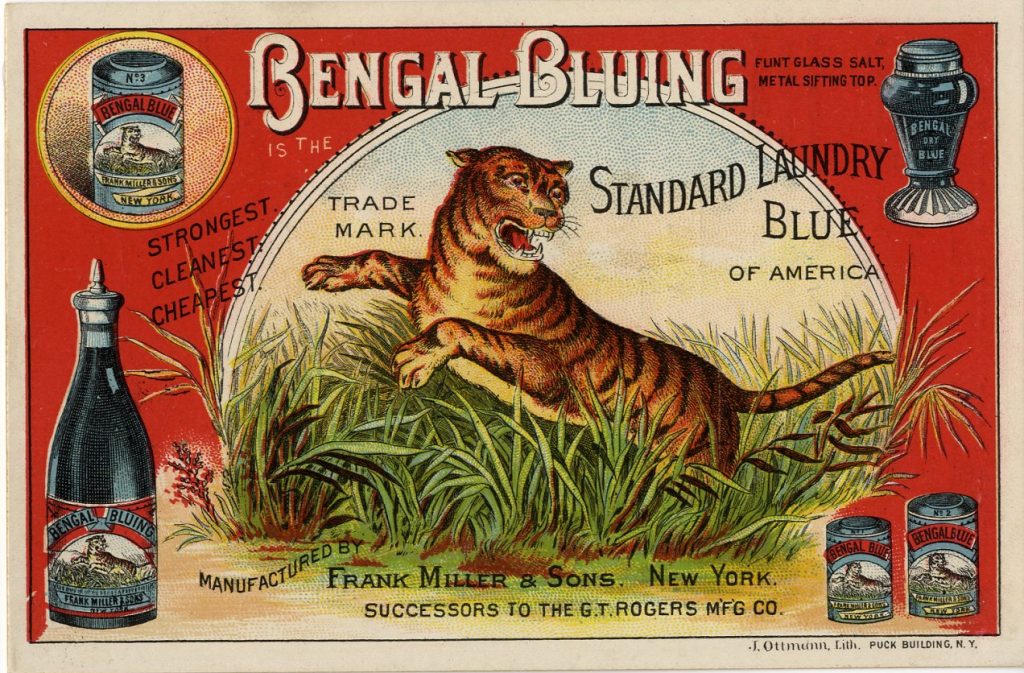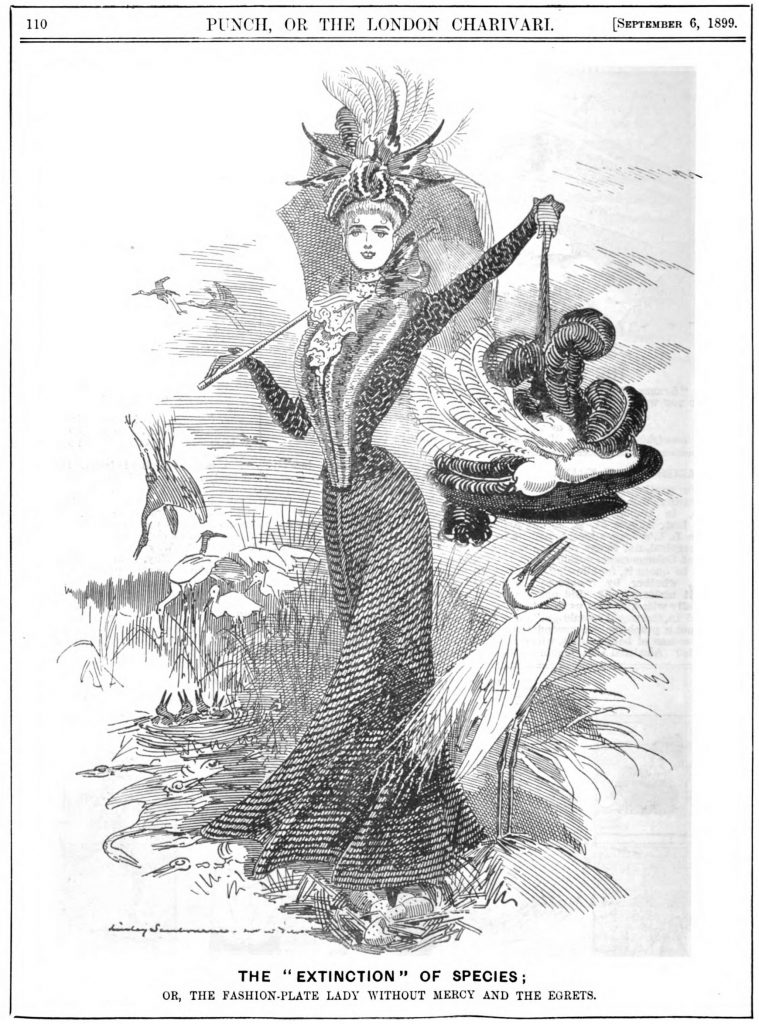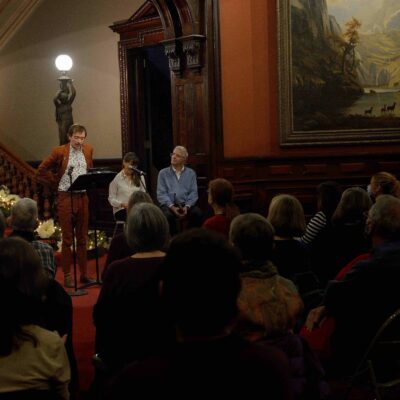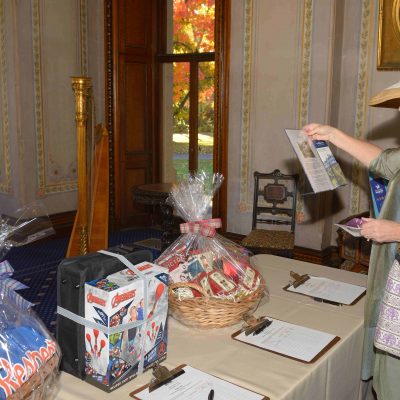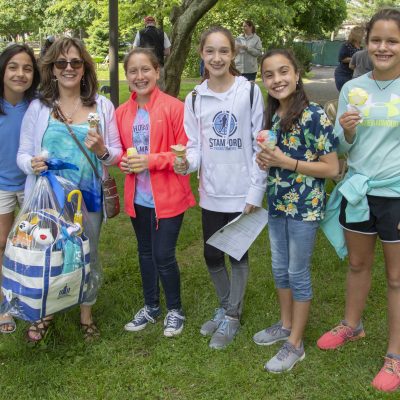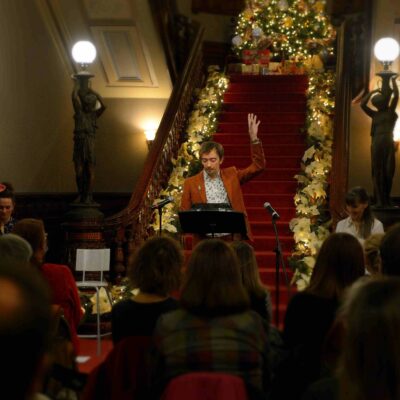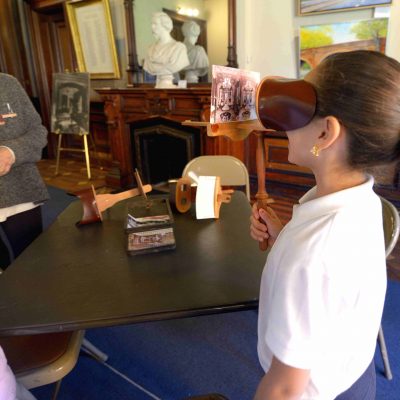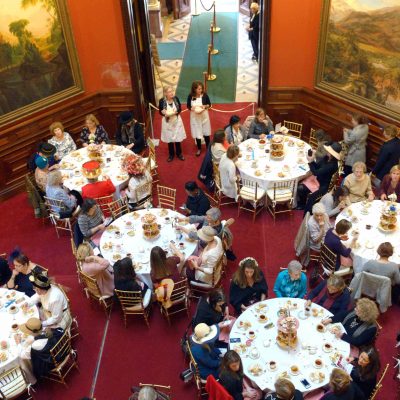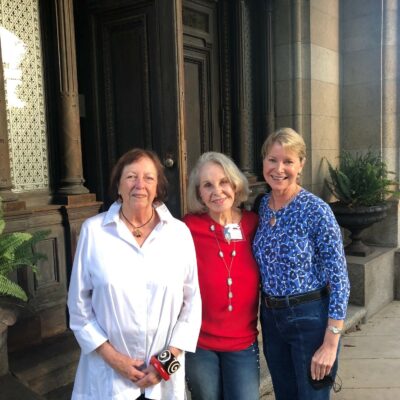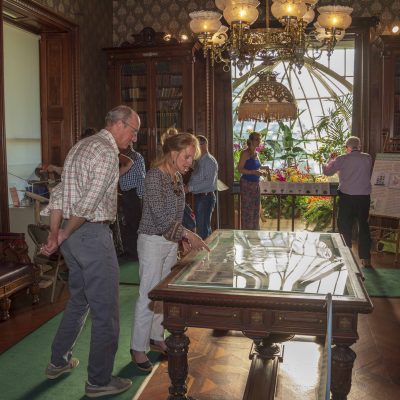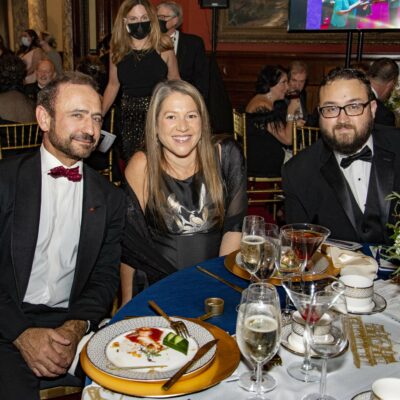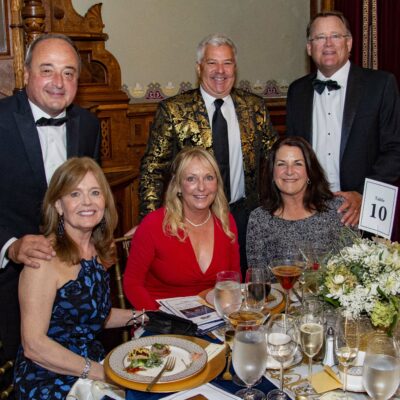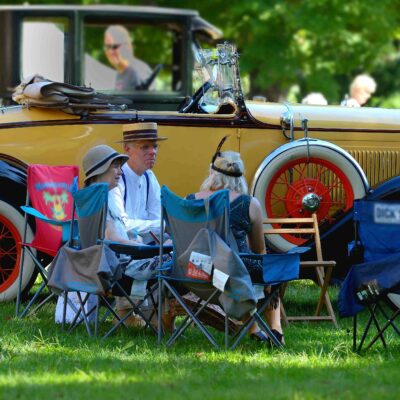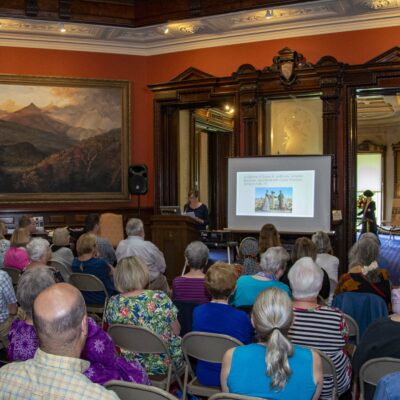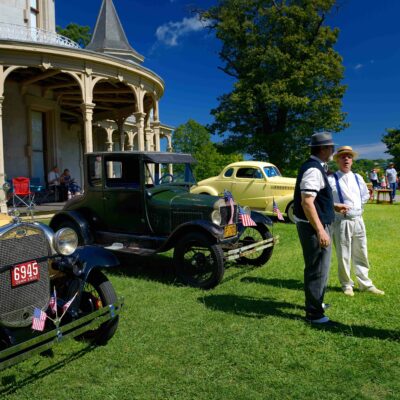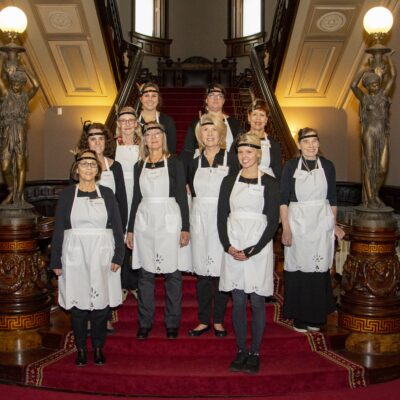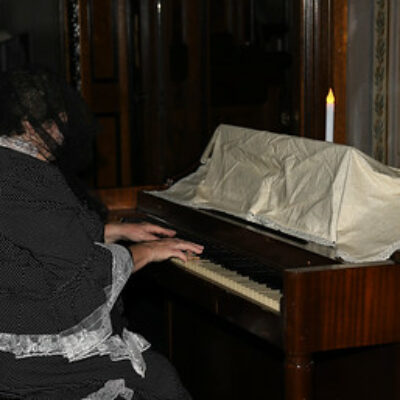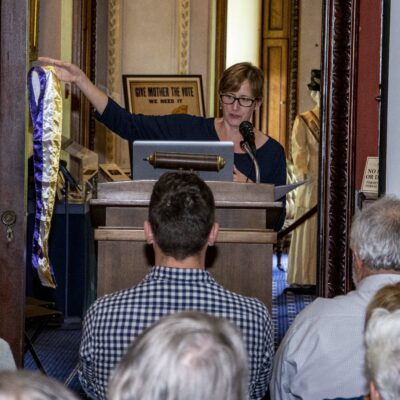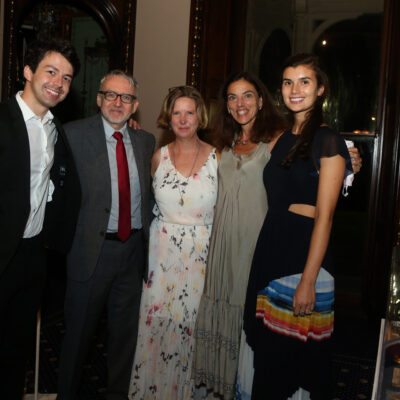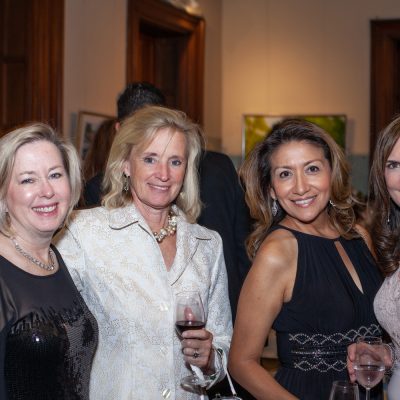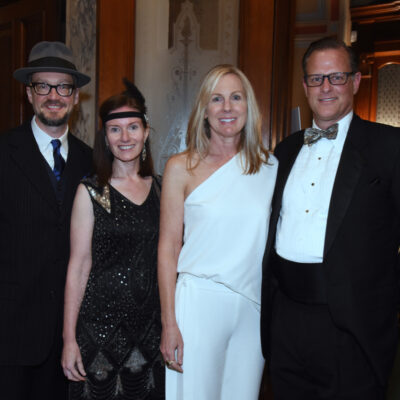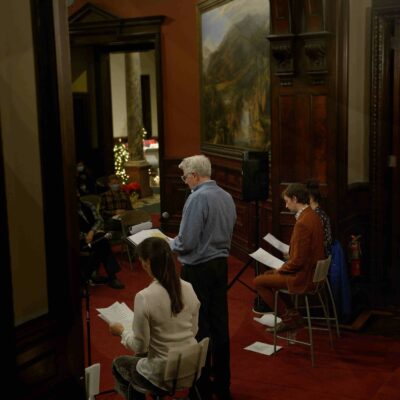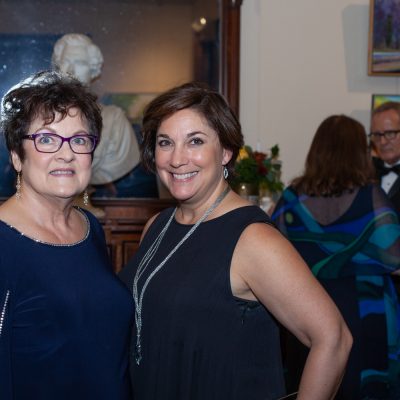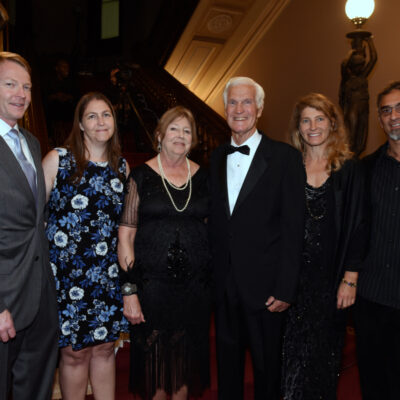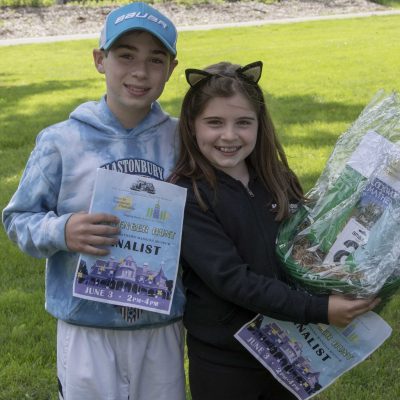“Victorian Fashion, Dangerous Dyes, and Murderous Millinery” – Talk by Deborah Kraak October 2, 2022, 2:00 pm
Admission: $10 members, $15 for non-members
Click here to purchase tickets
Light refreshments and a Mansion tour will be offered following the presentation.
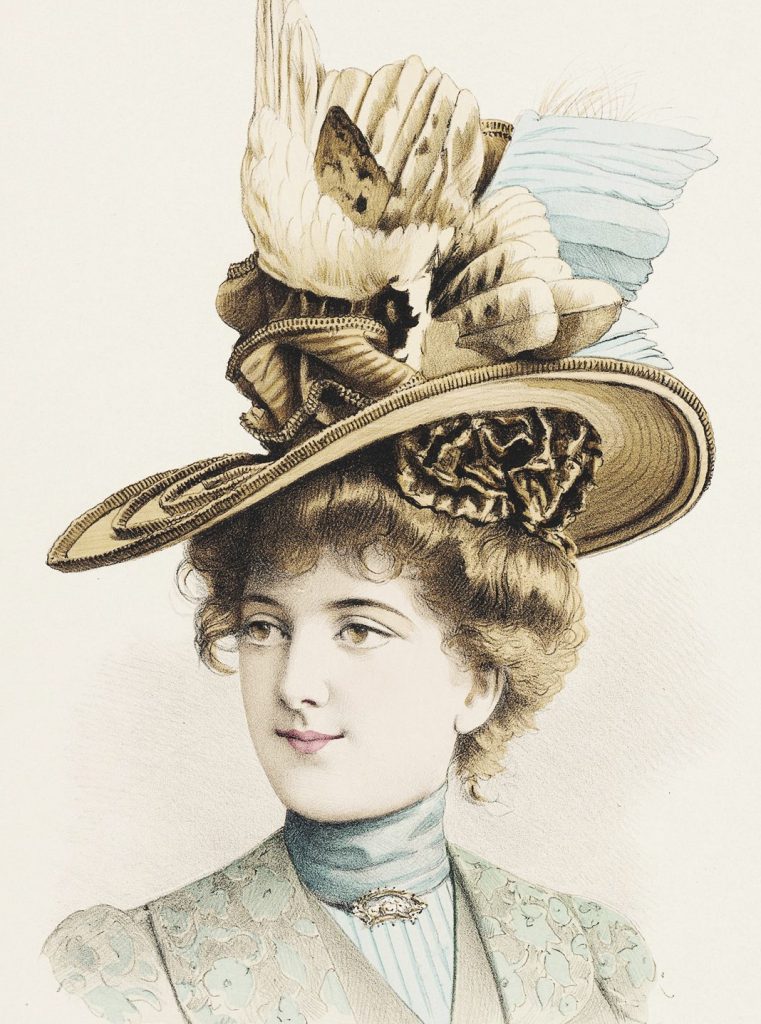
Whether it is the lavish Victorian clothing we enjoy watching in period dramas or viewing in the portraits on museum walls, what we see is a carefully presented image of perfection. But there are always “behind-the-scenes” stories about what made that illusion possible. This talk reveals some of them, from the prosaic to the tragic.
Looking good might be as simple as mending and creatively altering clothing, practices that are newly popular today. But it could also be as hazardous as wearing dresses dyed in colors that were as poisonous as they were beautiful. The mania for using feathers or entire birds to decorate hats and bonnets nearly wiped out certain species before the commercial trade in plumes was effectively eliminated, thanks in no small part to the efforts of two Bostonian socialites. The fur trade laid the foundation of the Astor family’s astounding fortune, underwriting Caroline Astor’s leadership of New York’s “old money” society members in the Gilded Age.
Complementing the exhibition titled, Making It Last: Sustainable Fashion in Victorian America, this talk explores the exhibition themes in greater detail, through period garments, fashion plates, satirical cartoons, photographs, and portraits, as well as Victorian clothing depicted in movies and television.
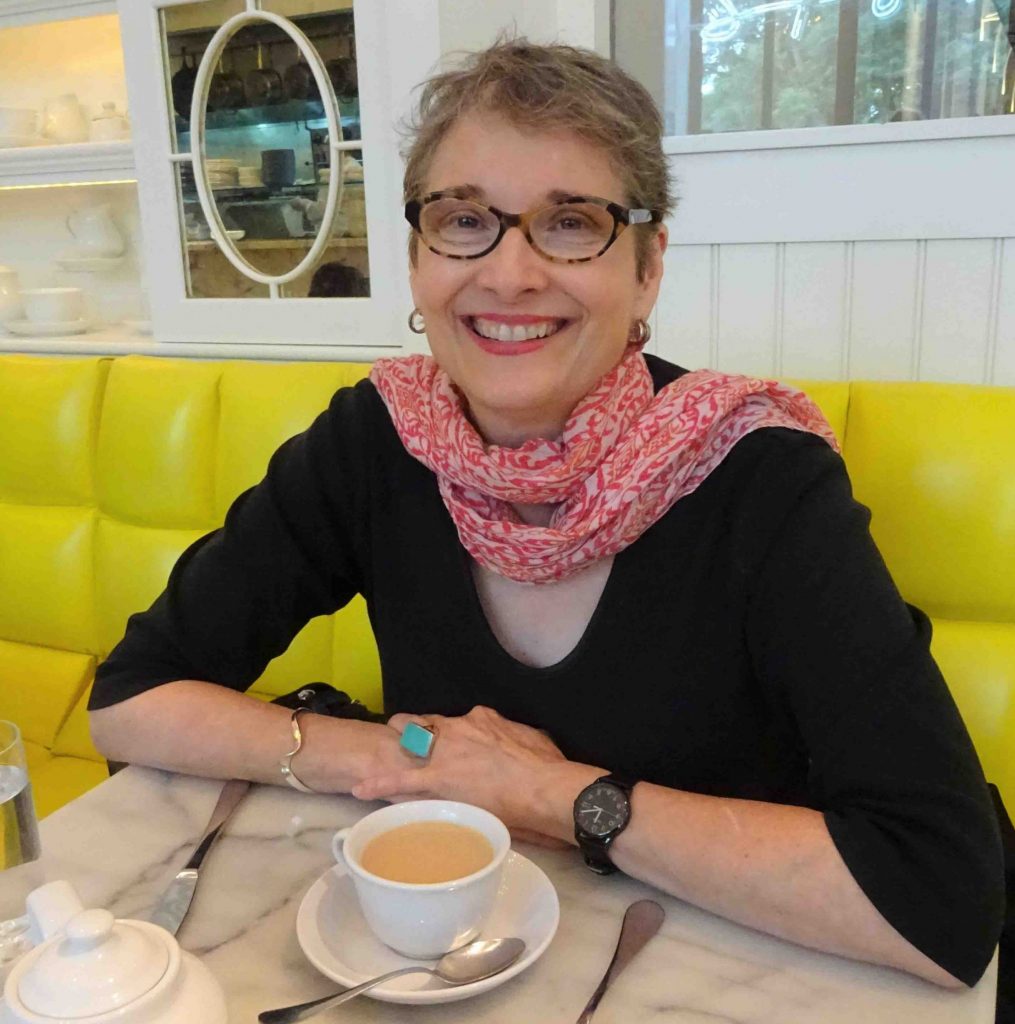
Ms. Kraak is a former textile curator at the Winterthur Museum, Garden & Library and assistant curator of textiles and costumes at the Museum of Fine Arts, Boston. Deborah is also a consultant to museums, fabric companies, and private collectors. She is an adjunct professor of costume history at the University of Delaware, where her lectures include studies of clothing and textile sustainability issues from the 18th century to the present.
